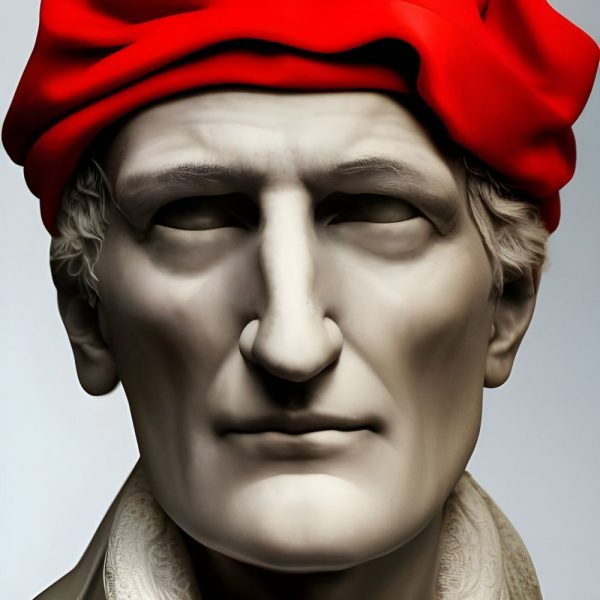Edgar Allan Poes The Raven: A Timeless Masterpiece

Introduction:
Edgar Allan Poe’s “The Raven” is a renowned poem that has captivated readers for generations. Published in 1845, this chilling narrative explores themes of grief, melancholy, and the everlasting presence of death. With its vivid imagery, rhythmic verses, and gripping storyline, “The Raven” continues to be a significant literary work that has shaped the genre of horror and gothic literature. In this article, we delve into the depths of this iconic poem, examining its historical significance and tracing its evolution over time.
Historical Evolution of “The Raven”:

“The Raven” was an instant success upon its publication, garnering immediate attention and acclaim. Its dark and mysterious narrative, combined with Poe’s unparalleled storytelling abilities, resonated with readers from the start. The poem’s popularity soared, solidifying Poe’s place in the literary canon as a master of the macabre.
Over the years, “The Raven” has continued to captivate audiences, inspiring countless adaptations and interpretations. Its influence can be seen in various art forms, including visual arts, music, and film. From paintings depicting the haunting figure of the raven to musical compositions that embrace its melancholic mood, this poem has become more than just literatureit has become a cultural phenomenon.
Key Elements of “The Raven”:
– Poetic Structure: “The Raven” consists of eighteen stanzas of six lines each, adhering to a strict trochaic octameter meter. This rhythmic pattern, combined with the use of internal and end rhymes, creates a mesmerizing flow that enhances the poem’s atmospheric tension.
– Symbolism: The raven itself serves as a symbolic representation of death and the narrator’s descent into madness. Throughout the poem, the raven’s repeated utterance of “Nevermore” reinforces the theme of everlasting sorrow and torment.
– Narrative and Tone: Through the narrator’s journey, Poe explores the themes of loss, mourning, and the impact of the supernatural on human psychology. The somber and melancholic tone is maintained throughout, immersing readers in a realm of darkness and despair.
– Psychological Exploration: Poe delves deeply into the psyche of the narrator, illustrating the effects of grief and obsession. The gradual deterioration of the narrator’s mental state reflects the human struggle with mortality and the fragility of the human mind.
“The Raven” as a Cultural Phenomenon:
Throughout the years, “The Raven” has inspired numerous adaptations, securing its place as a cultural icon. From films to stage productions, artists and performers have embraced the haunting allure of this masterpiece. Its popularity has transcended geographical and temporal boundaries, captivating audiences worldwide.
In visual arts, painters have sought to capture the essence of “The Raven” through evocative and symbolic representations. The image of the raven perched on a bust, a key motif in the poem, has become widely recognized and associated with the work. Artists, both contemporary and classical, have utilized various mediums to convey the dark and mesmerizing atmosphere present in Poe’s poem.
Furthermore, musicians and composers have been inspired to transform the poem into melodic renditions that evoke the emotions and moods depicted within its verses. The haunting melody of “The Raven” has been performed by orchestras, sung by choirs, and even incorporated into popular music.
Conclusion:
Edgar Allan Poe’s “The Raven” has made an indelible mark on literature, art, and culture. Through its eloquent verses, it explores themes that continue to resonate with audiences today. The historical evolution of this poem is a testament to its enduring power and influence. Whether it be through visual art, music, or the spoken word, “The Raven” continues to captivate and haunt those who dare to explore its depths. As a true masterpiece, it stands as a timeless reminder of the macabre and the everlasting legacy of Edgar Allan Poe.
FAQ
How has The Raven evolved over time?
What is the cultural impact of The Raven?
What is the significance of The Raven by Edgar Allan Poe?
Flere Nyheder
Skab tidløse minder med den perfekte bryllupsfotograf
Introduction: Edgar Allan Poe’s “The Raven” is a renowned poem that has captivated readers for generations. Published in 1845, this chilling narrative explores themes of grief, melancholy, and the everlasting presence of death. With...
30 september 2025











